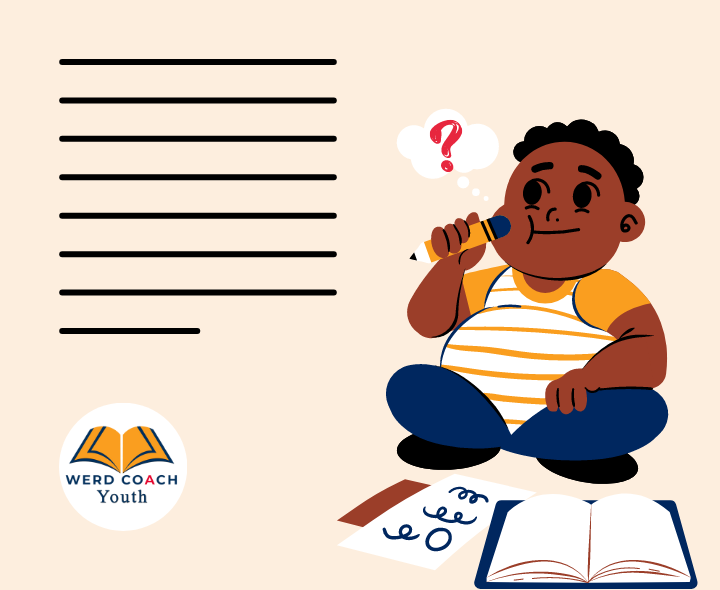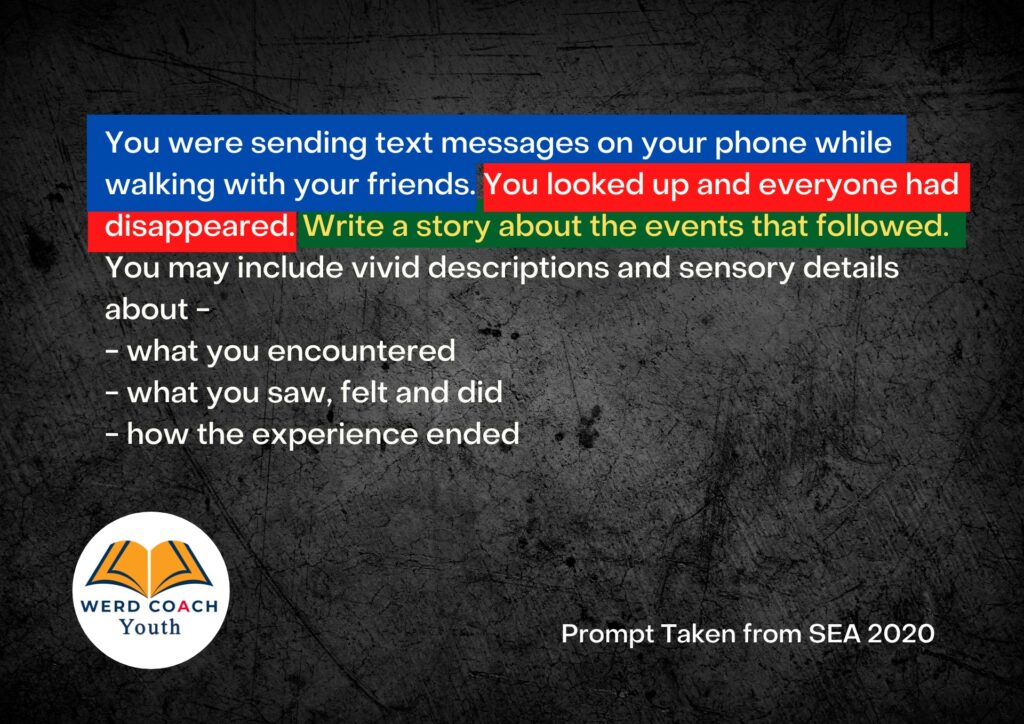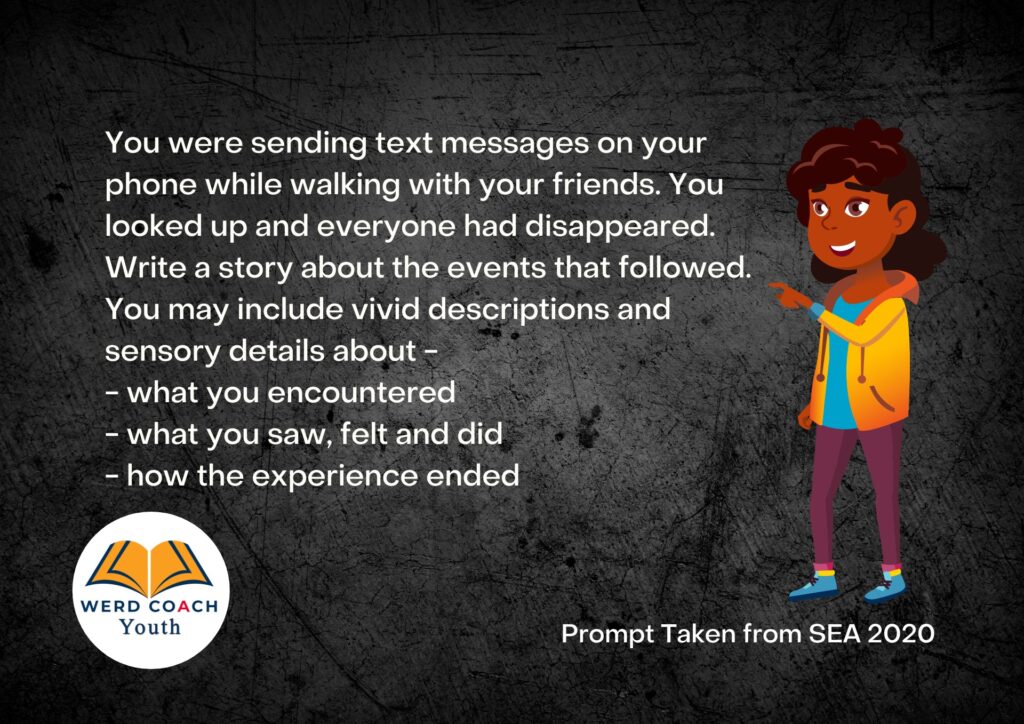Is there a difference between planning and plotting a story? Writers are told to plan all the time. Young writers, especially, are taught how to plan reports and narratives. They are told planning is important. But why, exactly, is planning important and how is plotting a narrative any different from planning one? 𝐇𝐞𝐫𝐞’𝐬 𝐭𝐡𝐞 𝐚𝐧𝐬𝐰𝐞𝐫 𝐢𝐧 𝐚 𝐧𝐮𝐭𝐬𝐡𝐞𝐥𝐥.
Planning
Deciding on what to write, organizing your thoughts, and laying them out in a coherent order. This is necessary because it allows young writers to generate and gather ideas.
EXAMPLE: My story is about a girl who lives with her stepmother and stepsisters who treat her like a maid. She sneaks away to go to a ball and meets the prince. They fall in love. The girl runs away from the ball and leaves a shoe behind. The prince uses the shoe to find the girl. They live happily ever after. Her stepmother and stepsisters are banished from the kingdom.
Plotting
Deciding on what to write, organizing your thoughts, and laying them out in a way that shows how each event and action is connected to the others. Plot shows cause and effect.
EXAMPLE: My story is about a girl whose father died and left her with her stepmother and stepsisters. Because the stepmother is angry about the father’s death, she treats the girl badly. Over time the girl eventually becomes their maid in her own house. One day the rulers of their kingdom throw a ball and the girl is forbidden to go. She cries and pleads for help and her fairy godmother appears to help her get dressed and go to the ball. At the ball, the girl meets and falls in love with the prince, but has to leave quickly because the magic spell stops at midnight. In her rush to get away, the girl leaves a shoe behind. The prince finds the shoe and decides to go looking for her. The stepmother is furious with the girl and tries to hide her from the prince. But the shoe only fits the girl, so the prince eventually finds her. They get married and live happily ever after. The girl, who is now a princess, banishes the stepmother and stepsisters from the kingdom for treating her badly.
The Difference
In addition to being more detailed, the plot shows how the events and actions in the story are connected. Notice how the plot shows why certain actions are taken and shows the consequences too. This Cinderella story is more complex and complicated than the type of story young writers have to produce for SEA. Narrative essays for SEA are much shorter and easier to plot but should still follow the same cause and effect format.
When young writers plot a story instead of just planning it, they are able to see how the conflict works in the story. Rising action is also easier to identify, and writers can effectively plan how to solve the challenges.
To practice plotting with your young writer, first create a plot development list they can follow and use as a worksheet. List each aspect of the plot in the order they should be developed. Then, fill in the information as needed. After several attempts at plotting stories, young writers will become more proficient at creating exciting stories.
For more information on how to plan reports, check out this post.





